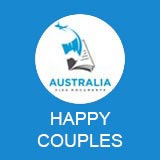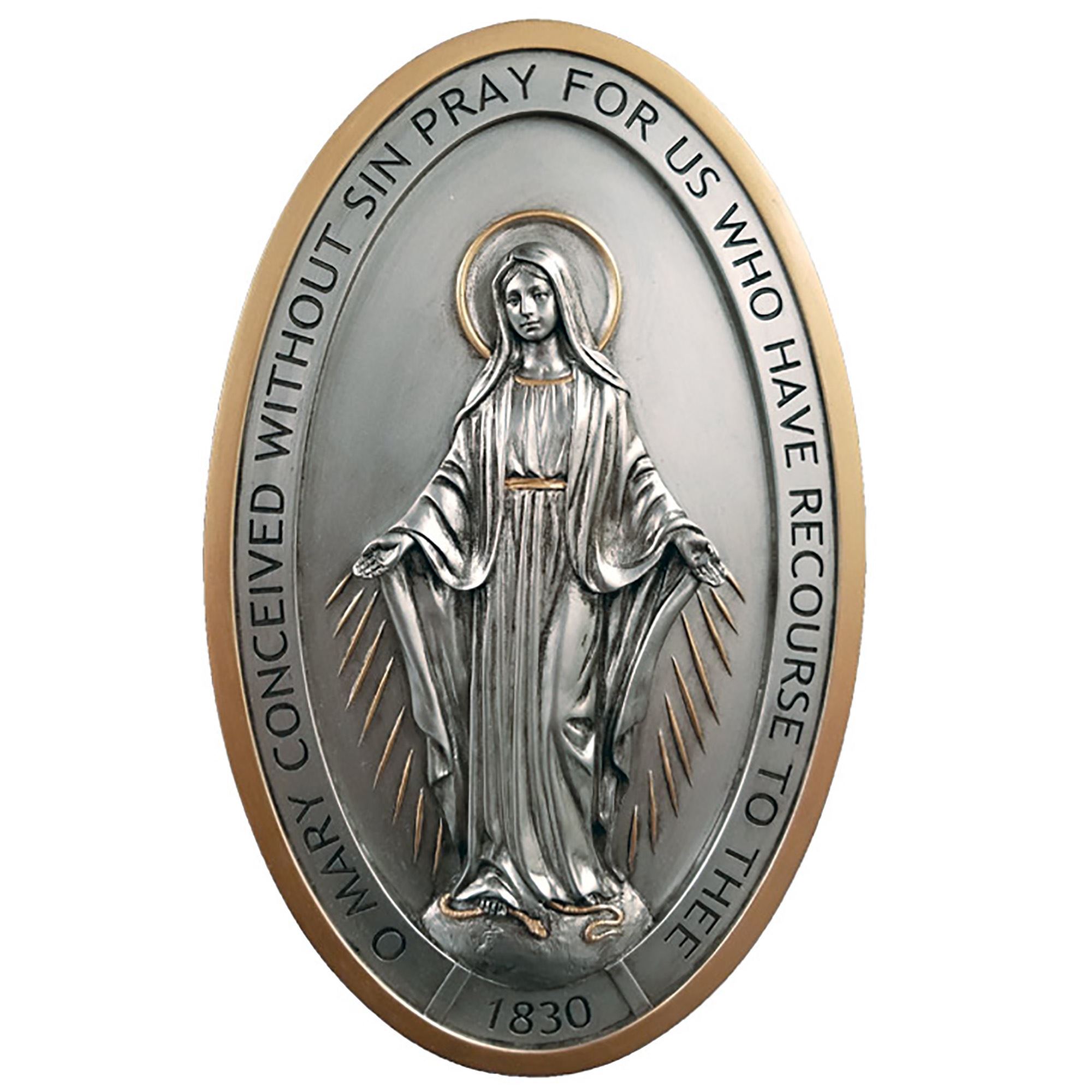Once upon a time there were two realistic options only for Australian Filipina couples to be together, and that was to apply offshore through the Australian Embassy in Manila. Applying inside of Australia was pretty much out of the question. Onshore partner visa applications are on the increase, so the question obviously arises. Which one is better?

Can you apply for an onshore partner visa? How?
Onshore partner visas (Subclass 820) used to cost about $2,500.00 more than offshore applications. Two years ago the department saw the unfairness in that, and did the only logical and fair thing they could think of. They raised the cost of offshore visas!
There was another option, but as we know our politicians don’t think the way that we do. Regardless of how it was done, the situation is that now it costs the same regardless of where you apply.
If you are in Australia with another type of visa, eg a tourist visa, and as long as they visa has no restrictive Conditions on it preventing you from applying for a further visa application onshore, then you are free to apply for an onshore partner visa application. The visa applicant normally gets a Bridging Visa A when the tourist visa runs out, and they remain there during processing.
And why wouldn’t you do that? Read on!
Offshore versus onshore partner visa applications
Almost seems like a silly question, but we at Down Under Visa still maintain that there is value and a definite place for offshore visa applications processed at the Australian Embassy, and we would probably manage about half onshore and half offshore most months.
Why offshore?
The issue is that if you apply for a partner visa onshore in Australia, you need to be ready to apply! And that means:
- Married already, and;
- With a properly prepared application
Easy? That’s what a lot of people think. Common scenario we have is those who think “I’ll go to Australia, and we might possibly get married and then apply for a partner visa”, ie. an afterthought! And when you tell them that a partner visa that’s going to be granted takes time and work, they say “Oh, might just apply for a bridging visa in the meantime”!
Great way to stuff it all up!
Yes, partner visas take a great deal of work to prepare properly. In most cases it takes a few months to do it properly. Poorly prepared applications tend to get refused. And no, you can’t “apply for a bridging visa”. Bridging visas are granted automatically when two things have happened. 1. Partner visa application lodged validly, and 2. The existing visa runs out.
The other issue? Unless you’re applying based on an existing de facto relationship, you must be married first before lodging the application. You can’t marry later. So unless you’re already married, you have a wedding to organize as well as a partner visa application to prepare. And all of this whilst watching the calendar. The days are ticking away until the tourist visa expires, and she will have to leave if you haven’t lodged that application.
Offshore partner visa and prospective marriage visa applications
An offshore partner visa (Subclass 309) may be applied for based on you being married already OR based on a pending marriage that will take place while the application is being processed. In other words, if the application is ready and you will marry a few months later, we can lodge it and they will make a start on it and will finalise it after you marry and we give them the marriage certificate later. That applies to offshore partner visa applications only and NOT to onshore partner visa application.
And you may also apply if you are in an established and genuine de facto relationship for the last 12 months or more.
And a prospective marriage visa (Subclass 300) is a fiancée visa, which allows the visa holder to go to Australia. A big advantage is having 9 months from the visa grant in which to get married, so there is no high pressure on you to marry in a great hurry.
The other thing? The Manila Embassy, based on our last 12 months of visa grants has become considerably quicker in their processing of partner visa and prospective marriage visa applications. So it’s not such a long wait anymore, as you will see from the grants being announced on the Philippines To Australia Facebook group lately.
Bottom line. Which partner visa option?
What I’m saying here is that an onshore application is the more stressful option. Of course it can be done, and we are delighted to help. But you need to understand you will be under pressure, and can’t leave it all to the last minute. And this is especially the case if you have a wedding to organize, as well as a job to go to, shopping to do and lawns to mow. If you are prepared for this and are a fairly well-organised person? No problems. Talk to us about it.
But if you are not especially a fan of stress and pressure and would rather take your time, and especially if you want to have a well-organised wedding rather than a speedy one at the Registry Office, then the offshore visa options could well be your best choice. They are being processed faster these days anyway, so unlikely you will have too long to wait.
Bottom line for us? We like our clients to be well-informed and to make informed choices, and we are happy to help you to do what will make you happy. Hope to hear from you soon.
Further Reading
Can you get an onshore fiancée visa?






















 Want to bring your sweetheart from the Philippines to Australia?
Want to bring your sweetheart from the Philippines to Australia? Alan and Anna – Happy Down Under Visa Clients
Alan and Anna – Happy Down Under Visa Clients Why Down Under Visa and not an expensive Immigration Lawyer?
Why Down Under Visa and not an expensive Immigration Lawyer? Avoid the Australian Visa Refusal nightmare with Down Under Visa
Avoid the Australian Visa Refusal nightmare with Down Under Visa Why use a Registered Migration Agents Down Under Visa?
Why use a Registered Migration Agents Down Under Visa?


 ALL written content on this site is written by Jeff Harvie RMA. Not by "Content Creators". Not by marketing specialists. And definitely NOT by AI. The same applies to assessments and responses to emails. Visa advice always provided by Jeff Harvie RMA. Be assured we take our dealings with you seriously and professionally.
ALL written content on this site is written by Jeff Harvie RMA. Not by "Content Creators". Not by marketing specialists. And definitely NOT by AI. The same applies to assessments and responses to emails. Visa advice always provided by Jeff Harvie RMA. Be assured we take our dealings with you seriously and professionally.

Hi I’m in a subclass 820 and a bridging visa e, can I invite my daughter 14 years old to come over here in Australia so I can include her in my visa?
Please use our free visa assessment form. Not something to discuss here.